
Xylem Diagrams
In plants a network of tissues and fibers called the vascular system carries out this task. The vascular system is comprised of two main types of tissue: the xylem and the phloem. The xylem distributes water and dissolved minerals upward through the plant, from the roots to the leaves. The phloem carries food downward from the leaves to the roots.
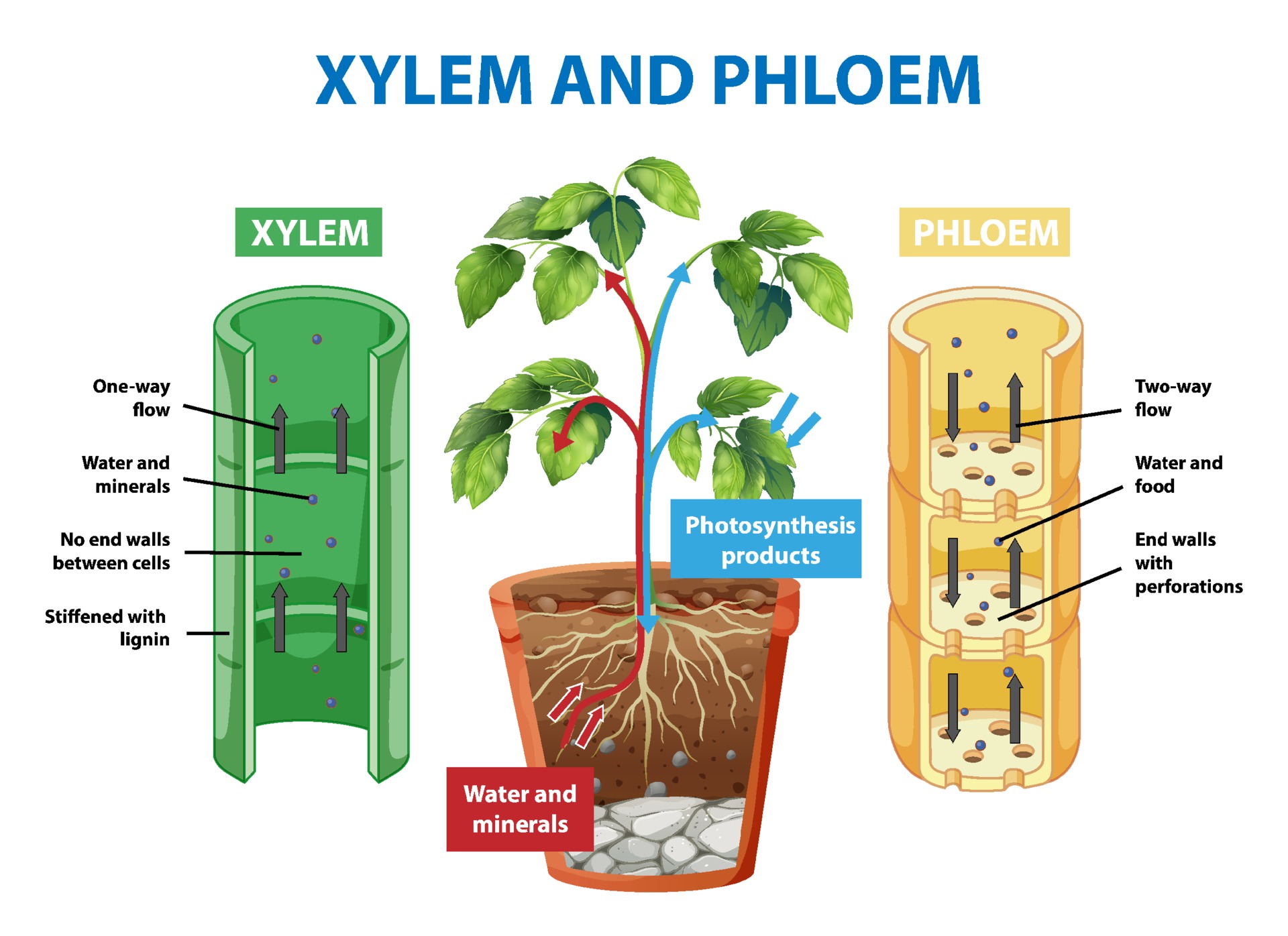
Diagram showing xylem and phloem of plant 1993001 Vector Art at Vecteezy
Plant Structure and Function. Search for: Pholem and Xylem Diagrams
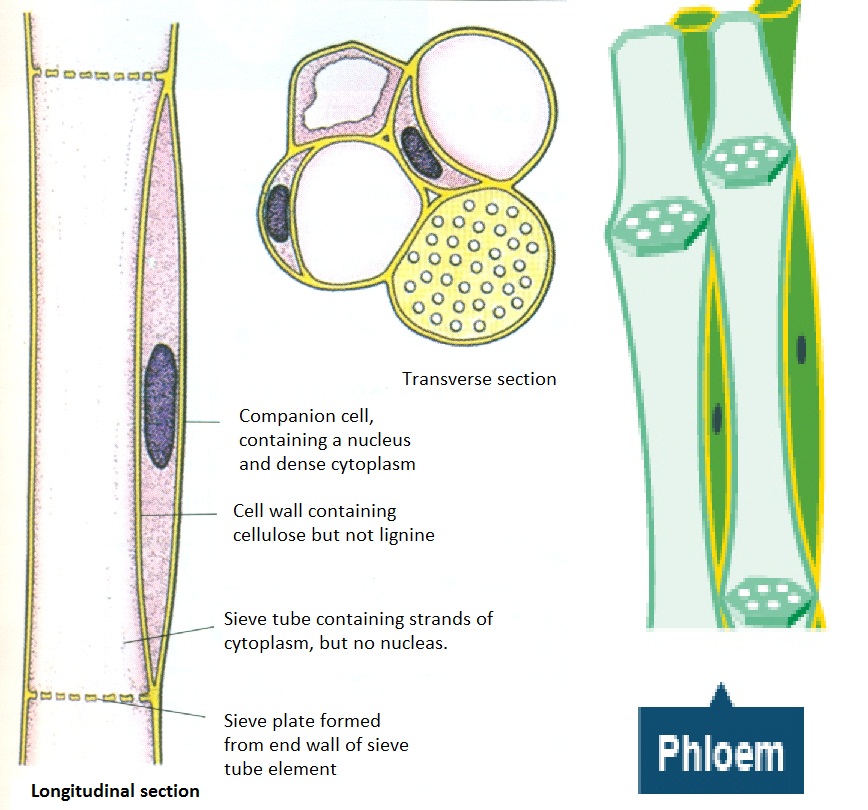
59 Transport in plants functions of xylem and phloem Biology Notes for IGCSE 2014
The xylem and phloem always lie adjacent to each other (Figure \(\PageIndex{6}\)). In stems, the xylem and the phloem form a structure called a vascular bundle; in roots, this is termed the vascular stele or vascular cylinder. Figure \(\PageIndex{6}\): This light micrograph shows a cross section of a squash (Curcurbita maxima) stem. Each.
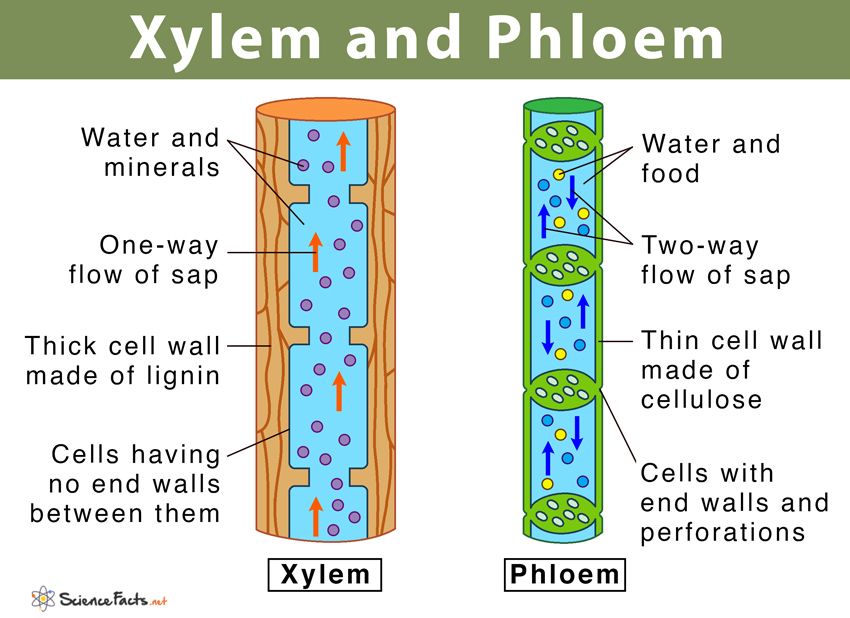
Xylem and Phloem Main Differences, Similarities, & Diagram
The xylem and the phloem make up the vascular tissue of a plant and transports water, sugars, and other important substances around a plant. What is commonly referred to as 'sap' is indeed the substances that are being transported around a plant by its xylem and phloem. The separation between plants that have veins and plants that do not is.
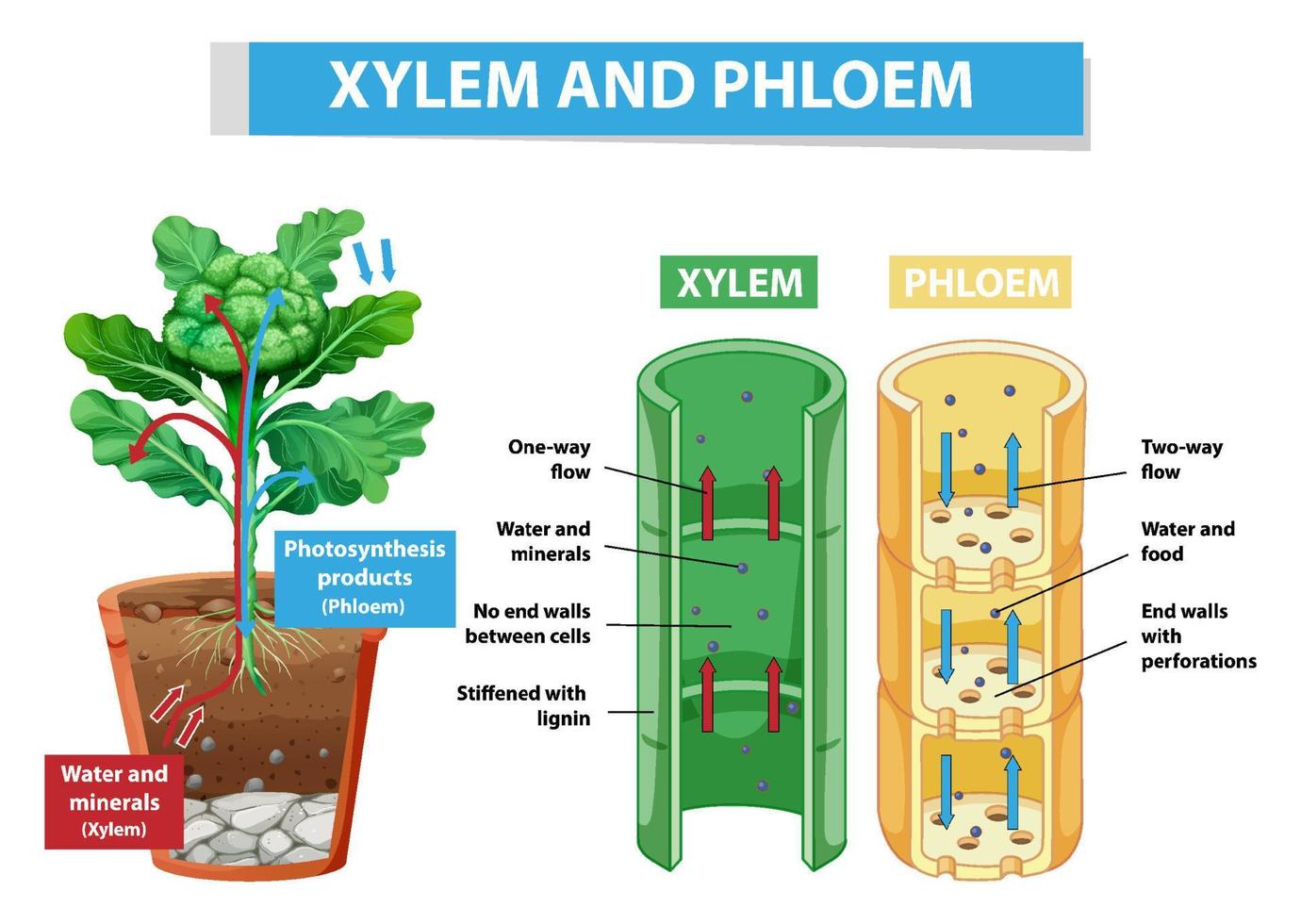
Diagram showing xylem and phloem in plant 7145068 Vector Art at Vecteezy
Together, xylem and phloem tissues form the vascular system of plants. Figure 25.4 B. 1: Xylem and phloem: Xylem and phloem tissue make up the transport cells of stems. The direction of water and sugar transportation through each tissue is shown by the arrows. Xylem is the tissue responsible for supporting the plant as well as for the storage.

15 Cell functions Biology Notes for IGCSE 2014
Unlike xylem, phloem vessels contain cytoplasm, and this goes through the holes in the sieve plates from one cell to the next. Phloem transports sucrose and amino acids up and down the plant.
Phloem Diagram diagram geometry
The xylem close xylem vessels Narrow, hollow, dead tubes with lignin, responsible for the transport of water and minerals in plants. transports water and minerals from the roots up the plant stem.

Vector Stock Diagram Showing Xylem And Phloem Plant Stock Clip Art The Best Porn Website
Transportation. Both phloem and xylem are tubular structures that facilitate easy transportation. In xylem vessels water travels by bulk flow rather than cell diffusion.In phloem, concentration of organic substance inside a phloem cell (e.g., leaf) creates a diffusion gradient by which water flows into cells and phloem sap moves from source of organic substance to sugar sinks by turgor pressure.

PPT state the functions of xylem and phloem. PowerPoint Presentation ID3025578
The xylem close xylem vessels Narrow, hollow, dead tubes with lignin, responsible for the transport of water and minerals in plants. is a tissue which transports water and minerals from the roots.

easy diagram of xylem phloem Brainly.in
Phloem tissues are found in stems and leaves which later grow in the roots, fruits, and seeds. Composed of: Xylem tissue is composed of xylem vessels, fibers, and tracheids. Phloem tissue is composed of like sieve tubes, companion cells, phloem fibers, and phloem parenchyma. Fibers: Xylem fibers are robust and longer. Phloem fibers are flexible.
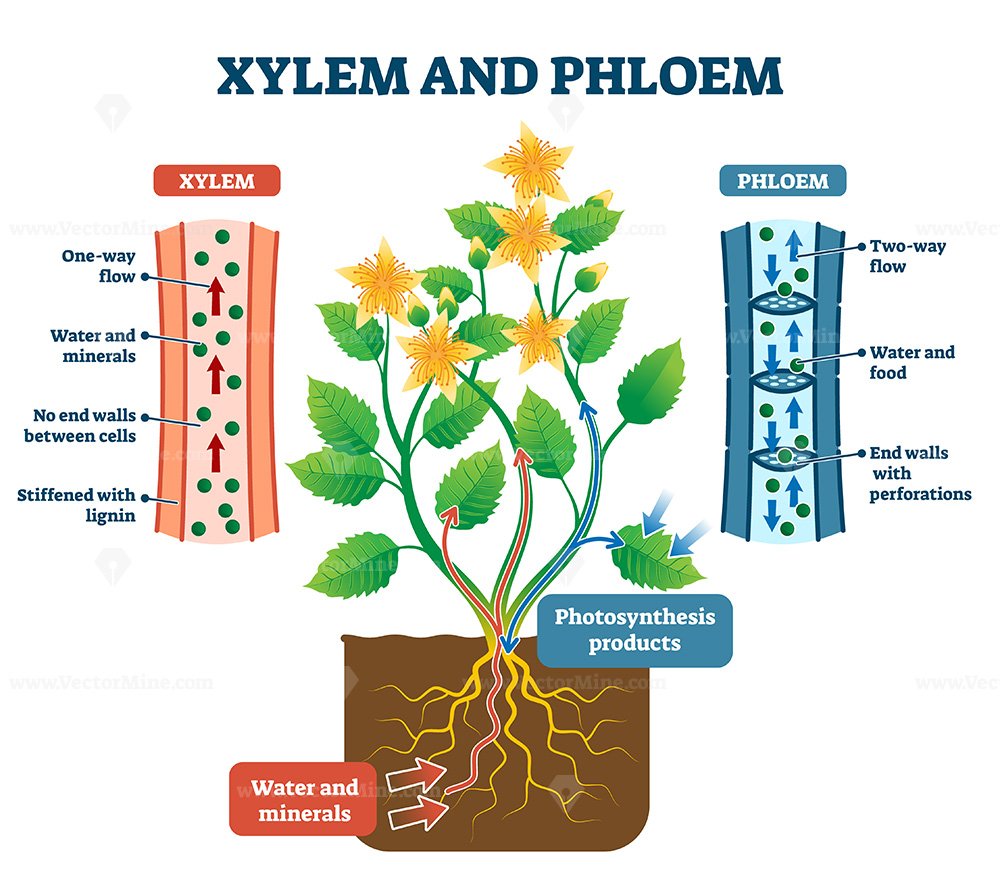
Xylem and phloem water and minerals transportation system outline diagram VectorMine
Xylem is the dead, permanent tissue that carries water and minerals from roots to all other parts of the plant. The term 'xylem' is derived from the Greek word 'xylon', meaning wood. Phloem, on the other hand, is the living, permanent tissue that carries food and other organic nutrients from leaves to all other parts of the plant.

Difference Between Xylem and Phloem
Phloem sap is an aqueous solution that contains up to 30 percent sugar, minerals, amino acids, and plant growth regulators. The high percentage of sugar decreases Ψ s, which decreases the total water potential and causes water to move by osmosis from the adjacent xylem into the phloem tubes, thereby increasing pressure. This increase in total.

pictures for lab Biology 100 with Smith at Minnesota State University, Mankato StudyBlue
It is located in the centre of the vascular bundle. It is located on the outer side of the vascular bundle. Xylem fibres are smaller. Phloem fibres are larger. They are present in roots, stems and leaves. They are present in stems and leaves, which later transports and grow in roots, fruits and seeds.
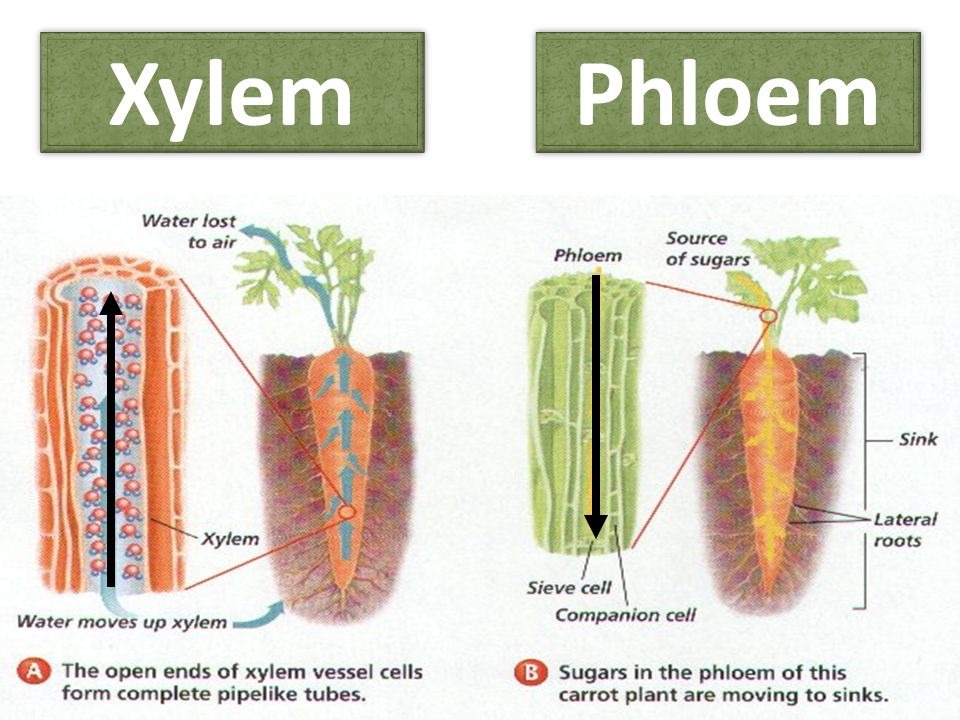
Function Of Xylem And Phloem In Leaf
Xylem and phloem form the vascular system of a plant. Xylem transports water and minerals, while phloem transports food. The vascular system of plants consists of the xylem and phloem. They are somewhat like blood vessels in animals, but plants transport materials using two tissues rather than one. Here is a look at what xylem and phloem are.
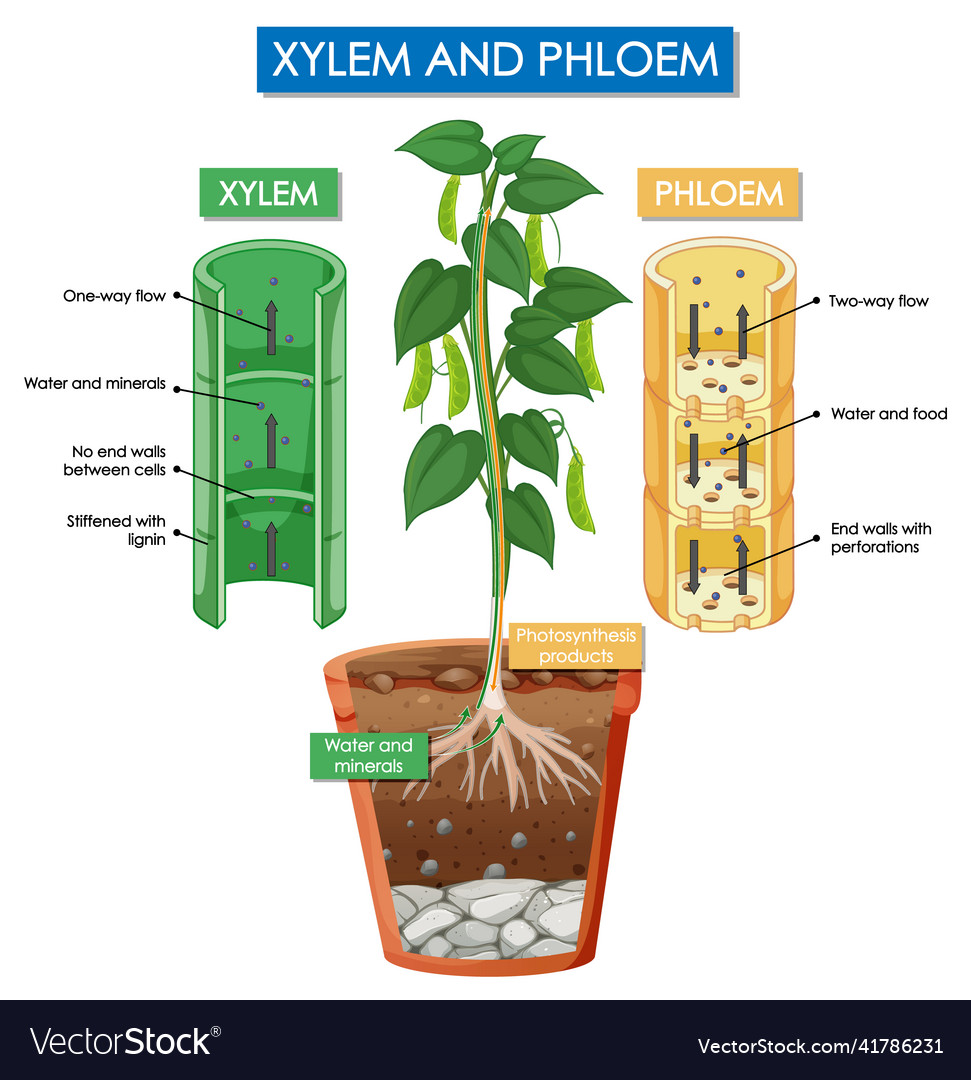
Diagram showing xylem and phloem plant Royalty Free Vector
The veins that you see in the leaves are actually the xylem and the phloem. These are the vascular tissues. And then you can see they branch off, into becoming smaller and smaller, let me zoom in even further. And you can see them branching off like a network of roads connecting different different parts of the city.
Xylem And Phloem
In monocotyledons, unlike the xylem elements, sieve tubes first appeared in the aerial organs, the course being from the leaves to the stem and, lastly, to the roots. Ontogeny of the Sieve Elements: In spite of close ontogenetic resemblance between tracheary elements of xylem and sieve elements of phloem, the latter unlike the former, are living.